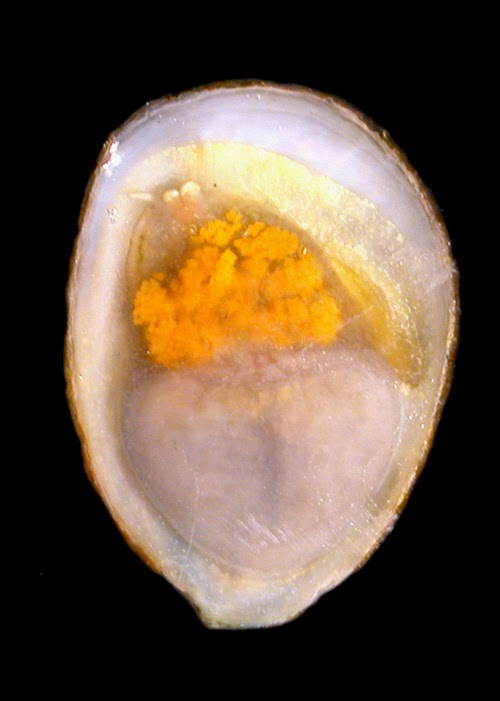Stuck belly up on a coral reef: a sea urchin’s nightmare becomes reality
by post-doc Noelle Lucey
Published this week in Frontiers in Marine Science:
Oceans are warming, becoming more acidic and devoid of oxygen. We wanted to know how hot, hypoxic and acidic one of the most exposed, well-flushed, active coral reefs in Bocas del Toro, Panama got last year. Temperatures reached 32.7°C (or 90.9°F), which would make most of us start sweating or look for air conditioning. When temperatures were at their highest, both oxygen and pH (a measure of acidity), were at their lowest. This was particularly evident at night, when pH and DO plunged to startlingly low levels. While severe, at least on the reef, these conditions were fleeting, not lasting more than four hours at a time. This relationship between temperature, oxygen, and pH wasn’t just found on the reef, but throughout the larger surrounding area.
 |
| The reef at Hospital Point where we conducted the study |
But do the severe conditions that occur on the reef, all at the same time, have any negative impact on animals that live in them- even in short 2-hour doses? The well-exposed coral reef we measured the extreme conditions on is also one of the best places to collect the sea urchin, Echinometra lucunter. On first glance this is just a black, spiny sea urchin that is far to common to even consider putting your foot down on the reef. If the surf isn’t too rough, you can notice that they are hiding in every crevice and reef crack, happily getting pounded by the waves. When the sunlight hits them perfectly, they shimmer with bright purple and red colors.
We pried these sea urchins out of their hiding places with teaspoons and brought them the Bocas Research Station to expose them in the laboratory to the same severe hot, hypoxic and acidic conditions they felt on the reef for two hours. Once they were exposed to these different stressors, both singularly and together, we flipped them upside down. Normally, when a sea urchin is flipped on its back uses its spines and tube feet to immediately turn itself back over. It’s a sign of healthy, happy individual. If they don’t right themselves quickly, they might get beaten up by the surf or eaten by reef fish, or both. Finding their hiding spot and wedging into the reef will help them stay alive.
 |
| Eileen sorts animals and puts the "babies" back into the water (because we only did experiments with adults) |
It was much harder for urchins to right themselves after being in deoxygenated water for two hours. While they lay upside-down, some with limp tube feet, most survived and were returned to the reef. We repeated this experiment a second time, after keeping them in the lab for a week at different pH, and again found no negative effect of low pH. However, urchins were incapable of finding their footing and flipping right-side up after low oxygen conditions, as well as hot temperatures.
Surprisingly, it appears that even the tropical coastal environments that get plenty of wave action experience severe conditions, and these are pushing the limits of marine organisms that live in them. The lack of oxygen and high temperatures are instant bad news for reef animals. Not to mention, these severe conditions are occurring more frequently and for longer periods of time, upping the stress levels experienced by important reef organisms like sea urchins.
This work would not have been possible without the support and funding from the Smithsonian Tropical Research Institution, the Bocas del Toro Research Station and MarineGEO.
Lucey, N., Haskett, E., Collin R. 2020. “Multi-stressor extremes found on a tropical coral reef impair performance.” Frontiers in Marine Science. DOI: 10.3389/fmars.2020.588764
 |
| Noelle Lucey, Antonia Hergwig (a STRI volunteer), and Eileen Haskett head back to the Bocas Station after collecting animals |






